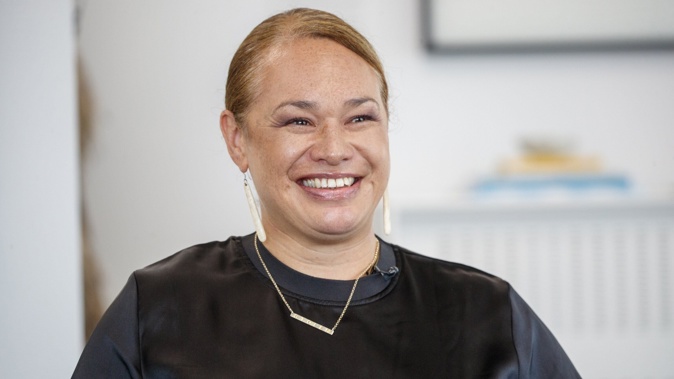PHOTO: Mortgage arrears increased to 1.3 percent, the highest since 2020. Photo: 123RF
According to credit reporting firm Centrix, the number of individuals falling behind on their debt repayments has surged to its highest level in four years, tightening the squeeze on both households and businesses. The latest monthly report reveals that 426,000 people are now behind on their payments, up from 411,000 in April, accounting for 11.7 percent of active consumer borrowers. This figure represents the highest level since March 2019.
Who are the ‘MOVERS AND SHAKERS’ of the NZ real estate industry? BUY NOW $19.99
The report highlights an increase in mortgage arrears, reaching 1.3 percent, the highest level since 2020. Additionally, there have been rises in delinquencies across buy-now-pay-later services, consumer loans, auto loans, and unsecured personal loans.
Keith McLaughlin, the managing director of Centrix, commented that the previous hope of households gaining control over their debts and managing higher interest rates has been shattered by these latest figures, which reflect the economic realities faced by many. He stated that some households and businesses in New Zealand are treading an economic tightrope, with homeowners contending with rising mortgage rates and financial constraints, while business owners struggle with reduced activity and expenditure.
The report also indicates a concerning 10 percent increase in arrears for unsecured loans, suggesting that consumers are borrowing merely to make ends meet in the face of mounting costs. Overall, credit arrears have risen by 4 percent compared to the previous year.
McLaughlin further revealed that the business sector is experiencing mounting debt pressures, with credit defaults on the rise across various industries. Notably, defaults have increased by 22 percent for the property and rental sector compared to a year ago, while construction, retail, and hospitality have seen defaults rise by approximately 16 percent.
The managing director highlighted that a recession was a desired outcome for the Reserve Bank to curb spending, but the ramifications for consumers and businesses remain uncertain as 2023 progresses.
Credit demand exhibited a mixed pattern, with mortgage lending falling by 27 percent compared to the previous year, aligning with the decline in the property market. However, there has been an increase in other forms of consumer lending, particularly in vehicle loans.
While the number of business liquidations experienced a slight dip from April, it remains 35 percent higher than the previous year. McLaughlin attributes this trend to a stricter approach toward tax arrears by Inland Revenue and a decline in personal spending, putting pressure on cash flow.
SOURCE: RNZ












